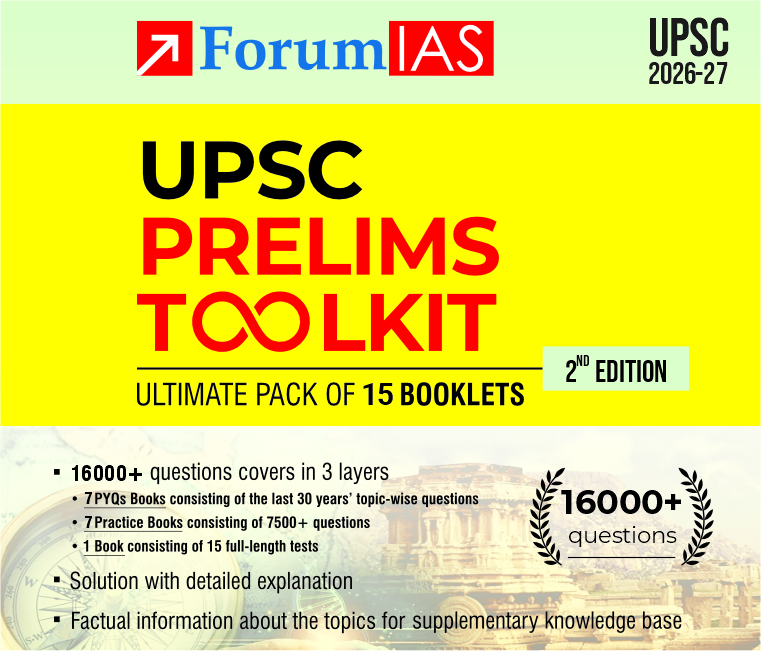This post on Bridging the Milk Divide for a Nutritionally Secure India has been created based on article “Bridge the milk divide for a nutritionally secure India” published in The Hindu on 30th January 2025.
UPSC Syllabus topic: GS Paper 3- Economic Development
Context: This article discusses the inequalities in milk consumption across different socio-economic, regional, and demographic groups in India. While India has achieved remarkable success in milk production through the White Revolution, disparities in access to milk remain a significant challenge. The article emphasizes the need to shift focus from supply-side success to addressing demand-side inequities, ensuring that milk reaches the most vulnerable sections of society.
What is the issue with milk consumption in India?
- While India is the world’s largest milk producer due to the White Revolution led by Verghese Kurien, the focus has mostly been on supply rather than equitable distribution.
- Milk is a crucial source of protein, calcium, and micronutrients, especially in plant-heavy Indian diets.
- However, significant disparities exist in milk consumption across socio-economic groups and regions, affecting nutrition security.
2. What are the key disparities in milk consumption?
a) Socio-economic disparities:
- The top-income households consume 3-4 times more milk per capita than the poorest households.
- The poorest 30% of the population consumes only 18% of India’s total milk supply.
b) Underestimation of actual consumption:
- The NSSO Household Consumer Expenditure Surveys (HCES) only measure at-home consumption, around 50% of total production.
- Much milk is consumed outside the home (restaurants, hotels), widening the disparity further.
c) Urban vs. rural divide: Urban households consume 30% more milk per capita than rural households, despite rural India being the main producer.
d) Social disparities: Scheduled Tribe households consume 4 litres less milk per capita compared to general category households.
e) Regional disparities:
- Rajasthan, Punjab, and Haryana have the highest consumption (333-421g per capita daily).
- Chhattisgarh, Odisha, and West Bengal have the lowest (75-171g per capita daily).
3. Why do these disparities exist?
- Affordability: The National Institute of Nutrition recommends 300g of milk daily per person, but achieving this requires 70% of Indian households to spend 10-30% of their monthly income on milk.
- Dietary preferences and lactose intolerance: Some variations in milk consumption can be attributed to cultural preferences and lactose intolerance.
- Overconsumption in affluent groups: Wealthier households often exceed recommended levels, consuming high-fat, high-sugar dairy products like ice cream and sweets, leading to obesity and lifestyle diseases.
4. How can milk access be improved for vulnerable groups?
a) Strengthening government schemes:
- Enhance milk provision through schemes like POSHAN Abhiyaan and Integrated Child Development Services (ICDS).
- Some states (Andhra Pradesh, Gujarat, Haryana, Karnataka, Telangana) already provide milk under these schemes, but the quantity is inadequate.
- Some states (e.g., Chhattisgarh) have stopped provisions due to financial constraints.
- Solution: Increase financial allocations using innovative funding like social bonds, CSR funds, and a cess on unhealthy foods.
b) Implementing milk coupons: In regions with strong dairy networks, milk coupons can improve access, reduce distribution costs, and support local milk markets.
5. What role does awareness play in improving milk consumption?
a) Nutritional awareness for vulnerable groups:
- Promote the benefits of milk through Anganwadi centres, doctors, self-help groups, and NGOs.
- Maharashtra and Bihar’s Poshan Maah 2024 is an example of successful grassroots nutrition campaigns.
- Research shows that improved women’s awareness enhances household dietary diversity.
b) Responsible consumption among the affluent:
- Overconsuming groups should be encouraged to consume milk in moderation and adopt a balanced diet.
- Example: The UK’s Change4Life Sugar Swaps campaign successfully reduced sugar and fat intake and can serve as a model for India.
How can India achieve nutritional security through milk?
- Equitable milk distribution is key to ensuring nutrition security in India.
- The government must focus on vulnerable groups by strengthening existing nutrition programs and introducing milk coupons.
- Awareness campaigns should promote responsible consumption to reduce overnutrition among affluent groups and enhance milk affordability for the poor.
- A well-balanced approach would fulfil Verghese Kurien’s vision of a nutritionally secure India, making the benefits of the White Revolution accessible to all.






